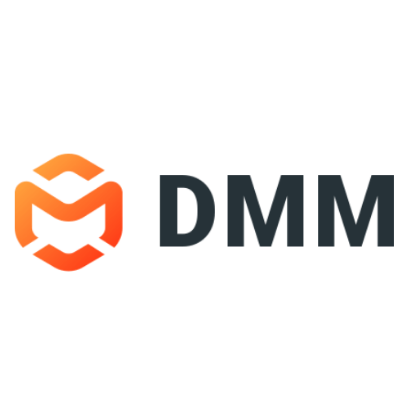What is Data Management Module?
Preparing the data for the aggregation process in this way and making them available to data mining systems will help you to create reports and make better business decisions. The method of distribution of the aggregated data depends on the customer’s needs and can be done using a standardized REST API or an ETL batch process. The execution of all aggregation operations is based on mapped data. This means that for each object received from an intermediary, a suitable object from the company’s internal systems is indicated. The system works with any format of input data obtained from intermediaries, distributors or customers (including csv, iDoc, excel, xml, json). The Data Management Module can be supplied both as an On-Premises solution and SaaS.



Main benefits of DMM (Data Management Module) implementation

Unification
Use data prepared according to a single standard.

Centralisation
Aggregate data from all your agents, contractors, distributors or customers in one place.

Control
Control possible lacks in sources or data mapping with all your contractors.

Analysis
Use aggregated sales data at the brand, customer, contractor, market or regional level to draw up detailed reports.

Data timelines
Make decisions based on data aggregated almost real-time.
Data Management Module components
User panel
The panel displays basic data concerning the user (customer or contractor) such as contact info, the market of origin, etc. In the user panel, you will also find:
- a summary of unmapped products
- a list of products or accounts awaiting mapping
- information about the status of a loaded source file along with the exact date of the action
- Workbench, which is a working list of pending changes made by the current user
- Action Log – full history of changes made by the user
Login screen and user panel

Mapped and unmapped accounts

Information about the status of a loaded source file along with the exact date of the action

Product catalogue
The product catalogue, which enables searching for products, is based on integration with any existing ERP or CRM system (e.g. SAP, SalesForce). The actions which users can execute in the product catalogue correspond to their level of user rights.
The actions that can be taken in the product catalogue include:
- searching for and filtering products and their current mapping
- displaying product details
- building product hierarchy: product tree visualization, adding a parent or child product
- managing product publication
Product catalog

Mapped and unmapped products

View of a single SKU and product tree

Workbench – pending changes area
In the Pending Changes area you will see all changes in the records which you have prepared but not yet approved. The component allows you to approve or reject, approve in bulk, search and sort changes. The system is also protected against a scenario in which changes to a client/contractor account are introduced simultaneously by many DMM users and warns against a possible conflict.
Workbench view

Action Log – full history of changes
In the Action Log component, you can review the full history of changes at the client or contractor level, display the details of these changes and check which DMM user has rejected or approved the changes.
Action Log view

Input data sources and output data in DMM
Input data sources
DMM works on the basis of any sources of data obtained from your client/contractor, therefore it enables you to work on any market and industry without limiting your business development.
DMM can be integrated with any ERP or CRM system used by your client/contractor. It also enables manual loading of data in virtually any file format or data model.
Output data
As a result of its activity (product mapping, account mapping, hierarchy building, product definitions), Data Management Module can generate the following forms of data:
- Homogeneous sales data
- Product hierarchies
- Product listings
- External sales input
- Notifications
Main applications of DMM
Basic Data Management Module uses:
- Importing new products to ERP or CRM systems
- Assignment of products to the product hierarchy
- Generating homogeneous sales data for reporting systems
- Product hierarchy management
- Wholesale product mapping management
- External and internal wholesalers’/salespeople’s account management
Additional Data Management Module uses:
- Changes to product attributes
- Activation/Deactivation of products
- Publication of products in selected markets
- Overview of pending changes (Workbench)
- Overview of product history (Action Log)
- Overview of the hierarchy in CRM or ERP
- Review of the market position of the product


